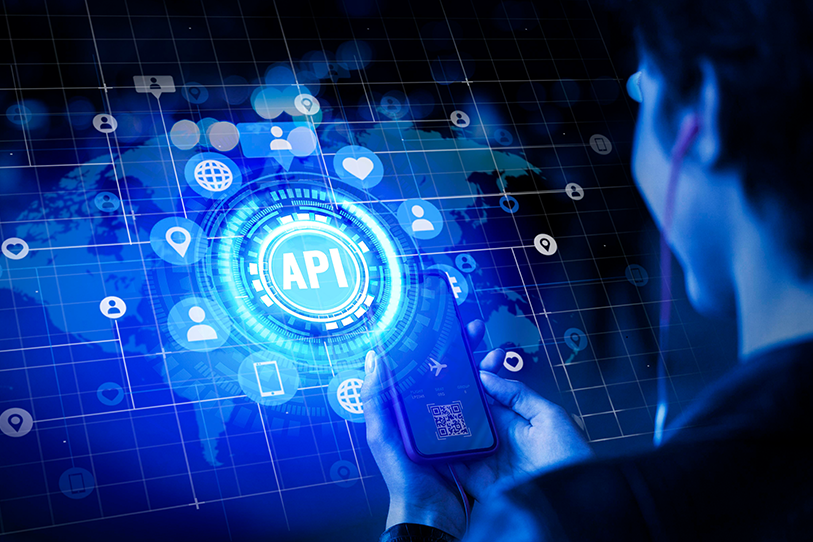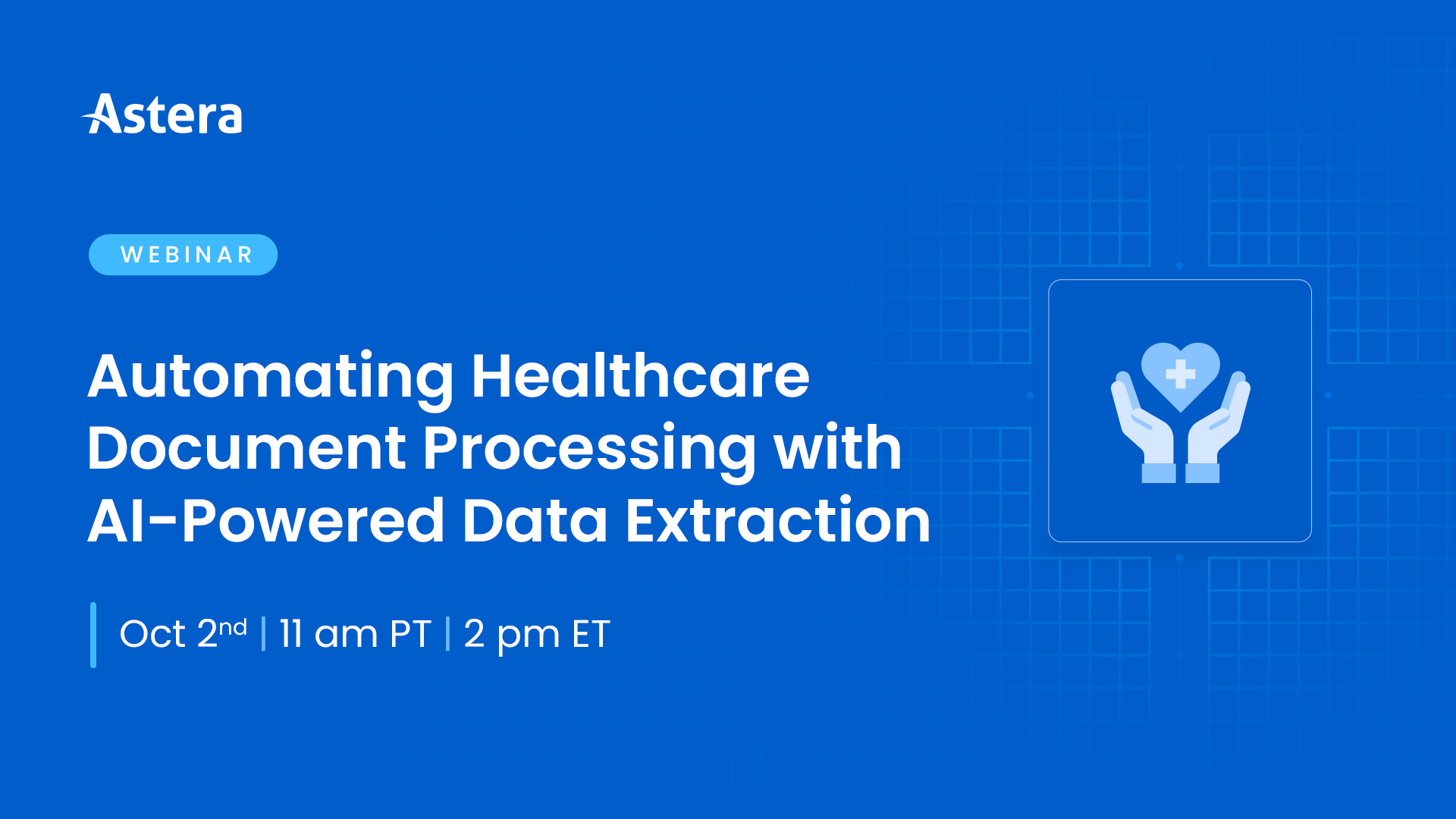
API Lifecycle Management: The Roadmap to High-Performing APIs
APIs now drive most digital interactions. In fact, according to the Developers Economic Survey, over 90% of developers use APIs to accelerate digital interactions. With the growing reliance on APIs, effective API Lifecycle Management is critical for businesses looking to redefine customer experiences through the creation of shared, interactive applications.
But what exactly does API lifecycle management entails? This blog will take an in-depth look at the API lifecycle and explore each phase in detail so you have a better understanding of how to create and manage APIs at scale.
What is API Lifecycle Management?
API lifecycle management refers to the various stages an API goes through, from design and development to deployment, maintenance, and retirement. It involves coordinating with different teams and processes in creating and maintaining APIs throughout their lifespan.
Why Is API Lifecycle Management Important?
Effective API lifecycle management can help you stay ahead of the competition and provide value to your customers by ensuring that APIs are delivered on time, meet business needs, and are of high quality.
Other benefits of API lifecycle management include:
- Improved API Quality: With active API lifecycle management, you can test and monitor APIs throughout their lifecycle. Rigorous API testing help improves the overall quality and reliability of the API.
- Enhanced Developer Experience: API lifecycle management can make it easier for developers to use and integrate APIs into their applications, as all APIs are under one roof and supported by comprehensive documentation.
- Increased Agility: Proactive API lifecycle management helps you stay agile and responsive to changing business needs, as you can quickly and easily deploy new APIs and modify existing ones.
- Enhanced Scalability: By using tools and processes to manage and monitor APIs, you can ensure that your APIs can scale easily to meet the needs of a growing user base.
Let’s check out the stages involved in API lifecycle management:
Stages of an API Lifecycle
1. Plan
In the planning stage, you need to define API’s goals and requirements, target audience, and use cases. This stage involves collaboration with various stakeholders, including product managers, developers, and business analysts, to outline the scope and objectives of an API.
This stage typically entails the following activities:
- Determining the target audience: Developing an understanding of who will be using the API and what their needs and requirements are.
- Defining the scope of the API: Planning out the capabilities and functionality that the APIs will provide, as well as any constraints or limitations.
- Identifying required resources: Assessing resources needed to develop and maintain APIs, including personnel, hardware, and software.
- Developing a roadmap: Creating a detailed plan outlining the steps to develop, test and deploy the API, including timelines and milestones.
It’s a critical step in the API development process and can set the stage for success as it ensures that an API delivers the value it was created for.
2. Design
Once you have comprehensively planned out your API requirements, it’s time to bring your API to life. In this stage, a prototype is created, which includes developing the technical specifications and architecture for the API either by writing the code or using a no-code API management platform.
This stage typically involves the following activities:
- Defining API requests and responses: Determining the function of an API such as GET, PUT, POST, or DELETE, what data it will support, applying API query parameters, and defining error responses.
- Choosing platforms for API implementation: Selecting the programming languages, frameworks, and infrastructure that will be used to build and deploy the API.
- Developing API’s security measures: Determining how an API will protect sensitive data and how users will be authenticated and authorized to access an API. It involves implementing encryption, access control, and rate-limiting measures.
- Documentation: Creating mock-ups and documentation encapsulating all API details to ensure that the API is easy to use and understand.
3. Test
The test stage involves evaluating an API on various parameters, such as:
- Business Logic: The business logic defines the core functionality of an API. You need to validate business logic to ensure that an API does what it was intended for.
- Security: Test an API’s security measures by sending valid and invalid inputs to ensure that APIs can protect sensitive data and prevent unauthorized access.
- Scalability: Check an API’s performance under heavy and uncertain loads to ensure that it can handle increased traffic and usage.
- Compatibility: Determine an API’s compatibility with systems or platforms that it will be integrated with.
4. Deploy
Once the API is developed and tested, it’s time to make it available to external parties or internal systems. This deployment stage involves coordinating the process, setting up monitoring and logging, and testing the API in the target environment to ensure everything is running smoothly. It’s an exciting moment, as it marks the official launch of your API.
5. Maintain
After launching your API, it is vital to stay vigilant and ensure it continues to function as expected. Maintenance is an ongoing activity and involves monitoring API’s performance, fixing bugs, and releasing updates to keep an API running smoothly.
To make this process as seamless as possible, it is crucial to have a well-defined process for handling maintenance tasks, such as defect tracking, version control, and release management. By staying on top of maintenance and proactively addressing any issues, you can ensure that your API continues to be an asset for your business and users.
6. Retire
At some point, every API reaches the end of its useful life and needs to be retired. It could be due to changes in business goals, technology, or the needs of API users. When it comes time for API retirement, it’s important to have a well-defined process in place to ensure a smooth and orderly transition. This process should include decommissioning an API, removing all dependencies, and notifying transition plans to API users.
Who Manages the API Lifecycle?
Different stages of the API lifecycle involve distinct responsibilities that may be managed by various individuals or teams within an organization. In smaller organizations, an API manager/architect might oversee the entire lifecycle, whereas larger, more sophisticated organizations tend to assign specialized roles focusing on specific API lifecycle aspects for efficiency.
For instance, the design phase often involves architects, developers, and sometimes UX/UI designers who craft the blueprint for the API. Developers and engineers take charge during the development phase, writing code and implementing functionalities outlined in the design. Testing is typically managed by quality assurance (QA) engineers and testers to ensure the API works seamlessly and securely. DevOps teams or deployment specialists oversee the deployment into production environments. In the operational and management phase, monitoring, maintenance, and updates are performed by DevOps, site reliability engineers (SREs), or dedicated operational teams.
No-code API lifecycle management tools have revolutionized how organizations manage APIs by simplifying intricate technical tasks and reducing the need for specialized expertise at various stages. These tools offer intuitive interfaces for designing APIs visually which enable users to create, test, and refine APIs without extensive coding, reducing the need for large development or QA teams.
API Lifecycle Management Challenges
Managing the lifecycle of an API involves various challenges. Here are some common challenges:
- Versioning: APIs need updates and new versions to incorporate improvements and changes. Managing different versions while ensuring backward compatibility can be complex.
- Security Concerns: APIs can be vulnerable to security threats like data breaches, DDoS attacks, and injection attacks. Managing security throughout the API lifecycle, including authentication, authorization, and encryption, is essential.
- Performance Optimization: As usage grows, maintaining performance becomes critical. Monitoring, scaling, and optimizing APIs to handle increased loads without downtime or performance degradation is challenging.
- Integration Complexity: APIs often need to integrate with various systems, platforms, and third-party services. Managing these integrations can be complex, especially when dealing with different protocols and data formats.
API Lifecycle Management Best Practices
API lifecycle management involves several key stages to ensure APIs’ high-quality development, deployment, and maintenance. Here are some best practices for each stage:
Design Phase:
- Clear Objectives: Define the API’s purpose, target audience, and expected outcomes.
- Standardized Design: Follow consistent design principles (REST, GraphQL, etc.) and use descriptive and meaningful naming conventions.
- Documentation: Create comprehensive and easily accessible documentation to assist developers in understanding API functionality, endpoints, parameters, and responses.
- Mocking and Prototyping: Develop mock APIs or prototypes for early-stage testing and feedback.
Development Phase:
- Security Implementation: Integrate robust security measures like OAuth, API keys, encryption, etc., to safeguard data.
- Testing: Conduct thorough testing (unit, integration, performance) to identify and rectify issues early.
- Error Handling: Implement clear and consistent error messages to aid developers in troubleshooting.
Deployment Phase:
- Environment Management: Use different environments (development, staging, production) to manage and test API changes before deploying to production.
- Monitoring and Analytics: Set up monitoring tools to track API performance, usage patterns, and errors, enabling proactive measures and optimizations.
- Deployment Automation: Utilize CI/CD pipelines for automated deployment, reducing manual errors and ensuring consistency.
- Rollback Plan: Have a rollback strategy in place in case of unexpected issues post-deployment.
Management and Maintenance:
- Version Deprecation Policy: Clearly communicate and manage deprecation timelines for older API versions.
- Community Engagement: Foster a community around the API, gather feedback, and address concerns or feature requests.
- Regular Updates: Continuously improve the API by incorporating user feedback, fixing bugs, and adding relevant features.
Security and Compliance:
- Regular Security Audits: Conduct periodic security audits to identify vulnerabilities and adhere to compliance standards (GDPR, HIPAA, etc.).
- Access Control: Enforce proper access controls and permissions to ensure data integrity and prevent unauthorized access.
- Data Privacy: Safeguard sensitive data by implementing encryption, anonymization, or data masking techniques.
- Compliance Documentation: Maintain documentation illustrating compliance with relevant regulations and standards.
Effortlessly Manage Your Entire API Lifecycle with Astera API Management
The best way to manage an API lifecycle is in one convenient place rather than using multiple tools and processes. Not only does this save time and effort, but it can facilitate collaboration between team members, providing a central location for documentation, communication, and decision-making.
Astera API Management is the ultimate solution for complete API lifecycle management. With its strong built-in functions and intuitive code-free interface, Astera makes building and managing APIs a breeze.
Here is how can take control of the entire API lifecycle with Astera API Management:
- API Consumption: Use Astera’s mature API consumption component to connect your on-premises systems with external systems for easy integration of external APIs, such as payment services, social media APIs, CRM products, etc.
- API Design: Utilize Astera’s extensive range of built-in artifacts, such as connectors, transformations, data quality rules, and response parameters, to quickly create and automate API Pipelines for data-intensive applications.
- API Testing: Continuously test and validate APIs to ensure they meet business requirements and are error-free. You can leverage simplified design time testing with our tool’s instant data preview feature. Once you’re confident in your API design, move on to the next stage of testing with minimal effort through one-click deployment.
- API Security: Leverage Astera’s built-in security framework to ensure the protection of your API services and enable secure data sharing with stakeholders. Using features such as bearer tokenization and role-based user management for authorization and authentication, you can safeguard your API services and control access to them.
- API Publishing: Effortlessly publish complex APIs and integrations with just a few clicks. These APIs and integrations can be published in any environment, whether it be cloud, on-premises, or hybrid.
- API Management: Control and operate the essential aspects of your API lifecycle from a centralized wizard with a point-and-click interface. Easily monitor runtime tracing and manage API endpoint activations and authentication requirements through a consolidated browser.
- API Monitoring: Instantly visualize API usage and get business insights from your API data in real-time with Astera API Management live dashboard. You can also get a comprehensive view of your APIs through API reports and logs.
With Astera API Management solution, you can ensure seamless experiences and create new digital capabilities to drive better business outcomes. Take the first step to managing your API lifecycle with ease by taking our unified no-code API lifecycle management tool for a 14-day free test drive today.




